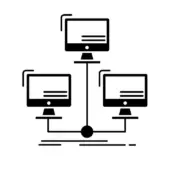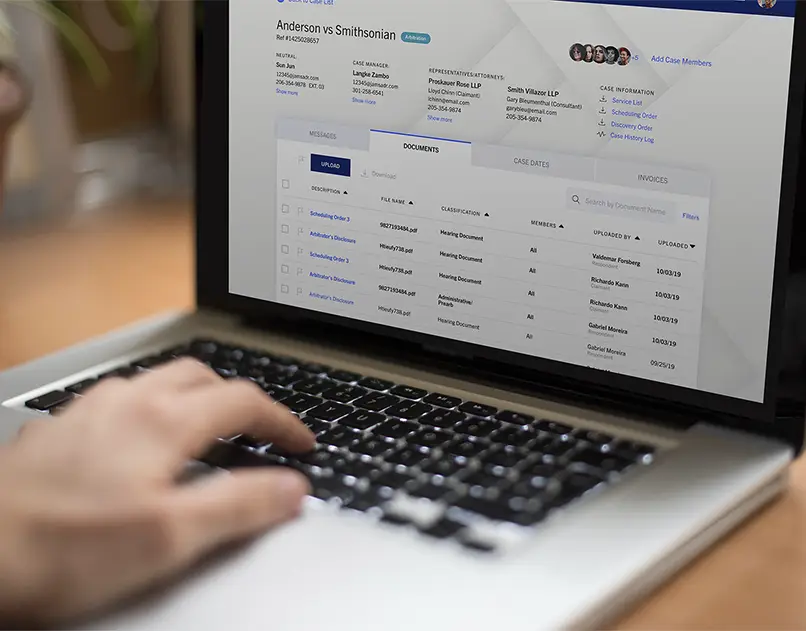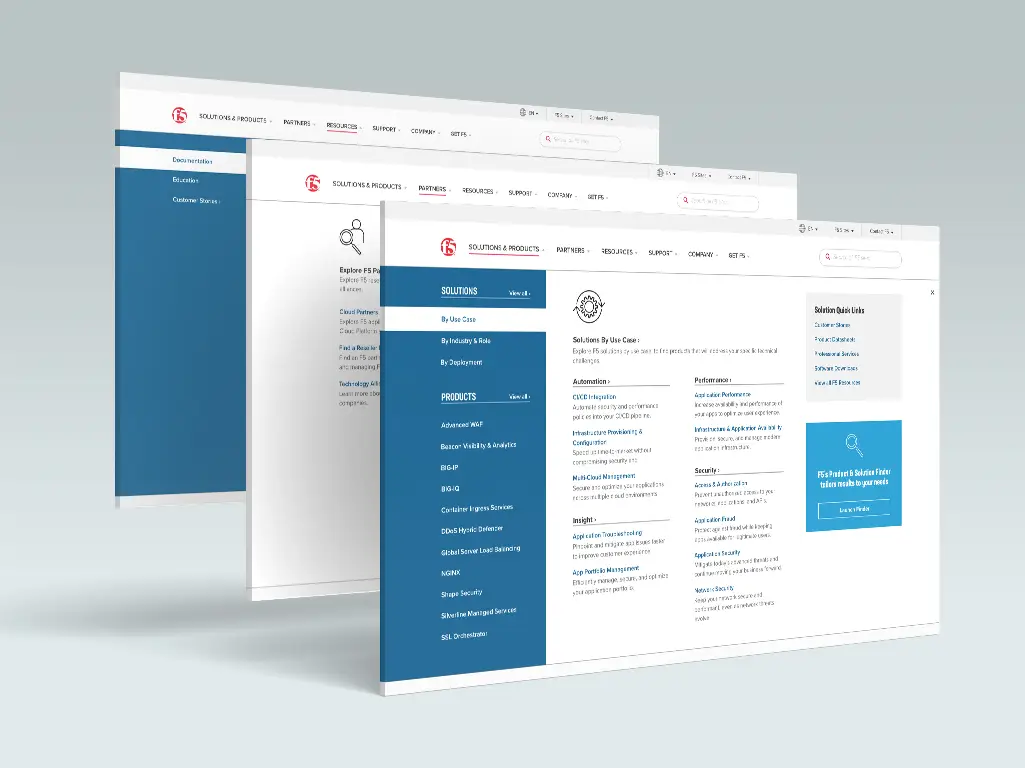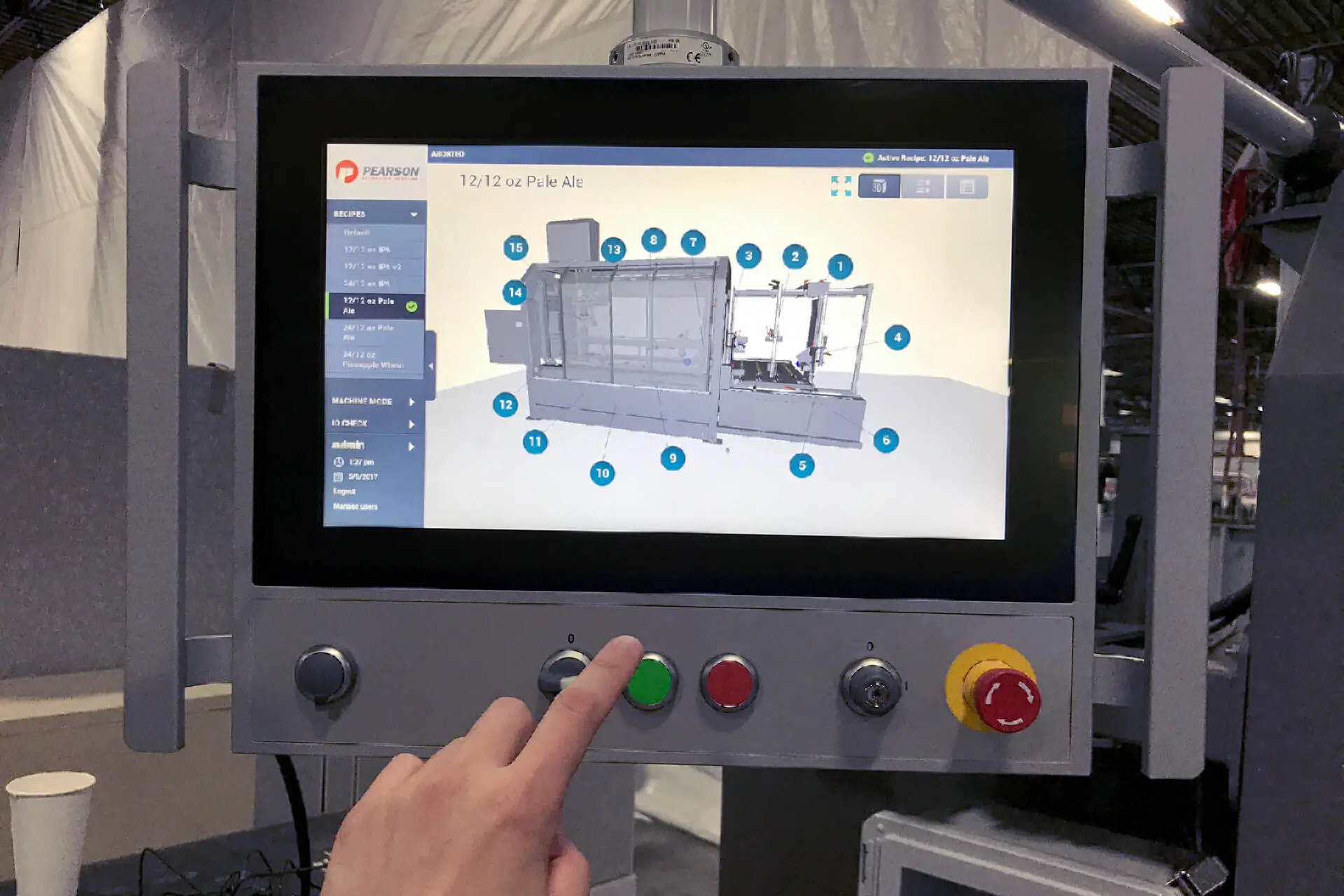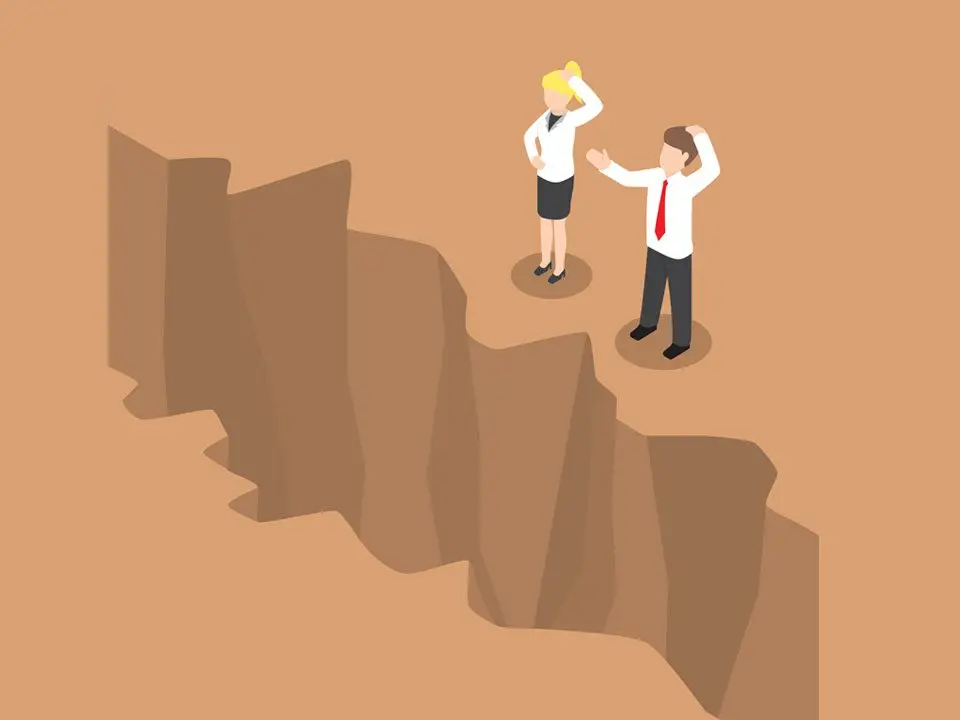Journey Mapping is a critically important activity that documents your users’ experience into a visual map – creating the actionable insights your organization needs to achieve great CX.
Know How Users Interact With Your Digital Experiences Using Journey Mapping
Discover friction points and opportunities by creating a holistic, end-to-end view of what your users are doing, thinking, and feeling while trying to accomplish a goal in your digital experience.
Why Journey Mapping is Essential

Identify Gaps and Opportunities
The step-by-step nature of a journey map helps Identify gaps in your user’s experience and opportunities for innovation.
Create Alignment
Making journey maps visible to the organization creates alignment on the team by sharing common goals and the vision for your product or service.


Create Alignment
Making journey maps visible to the organization creates alignment on the team by sharing common goals and the vision for your product or service.

Cross-Discipline Collaboration
Encourage cross-discipline collaboration from all team members, each with unique insights into all facets of the customer’s experience.
Build Empathy
Create empathy with and for the customer by identifying pain points and friction that they experience along the way.


Build Empathy
Create empathy with and for the customer by identifying pain points and friction that they experience along the way.
See How Journey Mapping From UpTop Impacted These Companies
See How Journey Mapping From UpTop Impacted These Companies
"One of the things that makes UpTop special is that we can go to them with any problem or task we have, and they’re always willing to figure out a way to solve it or get it done. They’ve delivered on every project beyond expectations."
Journey Mapping FAQs
How do I know if our organization needs a journey map?
You need to consider a journey map if:
- You don’t have a good understanding or holistic view of how users interact with your digital experience
- You have been trying to fix a problem narrowly without success and are looking for new ways to approach it
- Your team has a disparate understanding of the customer experience, the problems that exist, and how to go about resolving them
- Cross-functional teams have differing opinions on what the problem(s) might be
What other research activities are helpful before doing a journey map?
- User interviews or moderated usability studies to learn what your users think about your digital experience and uncover the why behind their actions
- Stakeholder interviews with subject matter experts from Customer Service, Sales, or other related teams
- Analytics or user behavior monitoring of your digital experience
- Survey data collection and analysis
- User personas to create a snapshot of your core user groups and better understand their behaviors, motivations and pain points
When is a journey map used?
- To evaluate the usability of your current digital experience
- To explore an ideal future state experience
- To align your team around a common goal and increase cross-discipline collaboration
- To gain valuable customer insights and improve your UX
How many journey maps do I need?
- Generally, a journey map targets one persona per scenario and must represent either the current or future state of an experience. eg. Mary (the target persona in terms of age group) is trying to sign-up for a video subscription service. How might she do this if we wanted to map out what the ideal future state would look like?
- Considerations include:
- Persona type
- Goal to be accomplished
- Current or Future state
Who is involved with building out a journey map?
- Subject matter experts (SMEs), people who can provide great customer insights, can provide a hypothesis for what a journey might look like. These SMEs can be found in Customer Service, Sales, Customer Experience, Marketing, Analytics, and Product
- Directly talking to customers will provide the qualitative and quantitive data that will go into the map. The feedback from interviews or surveys will provide a rich view of how they actually interact with your digital experience
- The journey map can be reviewed with key stakeholders or executives who have the authority to make changes or whose help you may need to push initiatives forward
How long does it take to create a journey map?
- If doing a research-first approach, where you gather insights before mapping the customer journey, it can take weeks to gather research, analyze data and build out the map. This timeframe can be shortened depending on the amount of research needed to be performed
- If doing a hypothesis-first approach, where you work off of existing knowledge and assumptions, a journey map can be created with a group of internal stakeholders over several days. This approach should be validated by research after the journey mapping is complete, but can be an effective way to explore new ideas quickly.
What tools are needed for creating a journey map?
- In Person: Sticky notes, sharpies, a large piece of paper or white board (for mobility).
- Digital: The list is always growing, but our team prefers live collaboration tools like Miro or Figma.
Explore Our Journey Mapping Resources
Explore Our Journey Mapping Resources
Journey Mapping: A Strategic Tool for Reducing UX Friction
Digital products succeed or fail based on how well they meet user expectations. When users encounter obstacles, inconsis...
Identify, Prioritize, Fix: Fight UX Friction at Its Source
UX designers sometimes feel like they’re under pressure to read minds. In fact, this is often explicitly what managers...
How to Achieve Internal Alignment on UX Vision
Offering a great user experience (UX) is one of the most effective ways to drive engagement, increase spending, and impr...
Let's Talk
Let's Talk
- Tell us about your project and we can discuss what journey mapping might look like for you.

